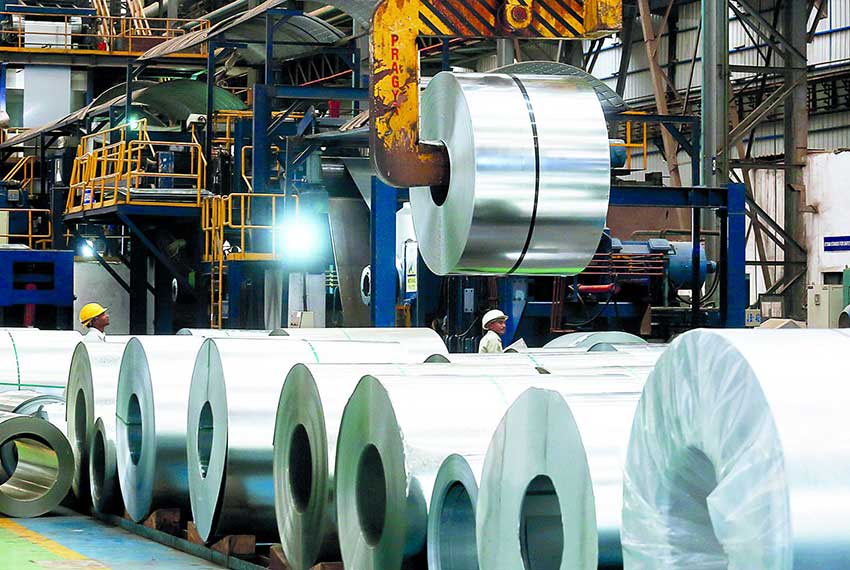
India: DGTR rejects ISA’s Petition to Impose Safeguard Duty on Steel Imports

The escalating trade war between two major economies China and U.S. that has resulted in both the nations imposing heavy restrictions on various imports including steel have compelled other countries such as EU, Canada, Vietnam (to name a few) to put barriers on their steel imports on the grounds of excess steel being dumped by China.
With countries restricting their steel imports, Indian manufacturers feared that now China will divert its steel over supply to India. Subsequently, In June 2018, the Indian Steel Association (ISA), on behalf of domestic steelmakers, filed a petition with DGTR arguing that as a consequence of duties imposed by the U.S. and consequently by the EU, Turkey and Canada, steel exports from some Asian countries are being diverted to India.
The ISA petition sought a tapering safeguard duty on semis, flats, longs, pipes and tubes, stainless steel and railway products, over a period of four years – starting with 25% in the first year and going down to 22% in the fourth year. Steel exporters from South Korea, Japan, China, and ASEAN countries have diverted as much as 43% of the volume, or 1.204 MnT, that they lost from the US into India, the petition claimed. However, with DGTR rejecting the ISA’s petition, imports will continue to enter the Indian boundaries. This coupled with poor domestic demand from infrastructure and automobile sector and rising raw material costs have put Indian steel manufacturers in a complete fix.
Previously, domestic steelmakers had convinced the government to impose trade remedial measures in 2016 and 2017, argue that whatever gains those measures achieved will be eroded if the government failed to immediately impose safeguards against steel imports. They expect the trend to worsen with the Eurasian Economic Union – which includes Russia, Kazakhstan, Belarus, Armenia and Kyrgyzstan – also having initiated safeguard investigations.



Trump weighs using $2 billion in CHIPS Act funding for critical minerals

Codelco cuts 2025 copper forecast after El Teniente mine collapse

Electra converts debt, launches $30M raise to jumpstart stalled cobalt refinery

Barrick’s Reko Diq in line for $410M ADB backing

Abcourt readies Sleeping Giant mill to pour first gold since 2014

Nevada army depot to serve as base for first US strategic minerals stockpile

SQM boosts lithium supply plans as prices flick higher

Viridis unveils 200Mt initial reserve for Brazil rare earth project

Tailings could meet much of US critical mineral demand – study

Kyrgyzstan kicks off underground gold mining at Kumtor

Kyrgyzstan kicks off underground gold mining at Kumtor

KoBold Metals granted lithium exploration rights in Congo

Freeport Indonesia to wrap up Gresik plant repairs by early September

Energy Fuels soars on Vulcan Elements partnership

Northern Dynasty sticks to proposal in battle to lift Pebble mine veto

Giustra-backed mining firm teams up with informal miners in Colombia

Critical Metals signs agreement to supply rare earth to US government-funded facility

China extends rare earth controls to imported material

Galan Lithium proceeds with $13M financing for Argentina project

Kyrgyzstan kicks off underground gold mining at Kumtor

Freeport Indonesia to wrap up Gresik plant repairs by early September

Energy Fuels soars on Vulcan Elements partnership

Northern Dynasty sticks to proposal in battle to lift Pebble mine veto

Giustra-backed mining firm teams up with informal miners in Colombia

Critical Metals signs agreement to supply rare earth to US government-funded facility

China extends rare earth controls to imported material

Galan Lithium proceeds with $13M financing for Argentina project

Silver price touches $39 as market weighs rate cut outlook

















